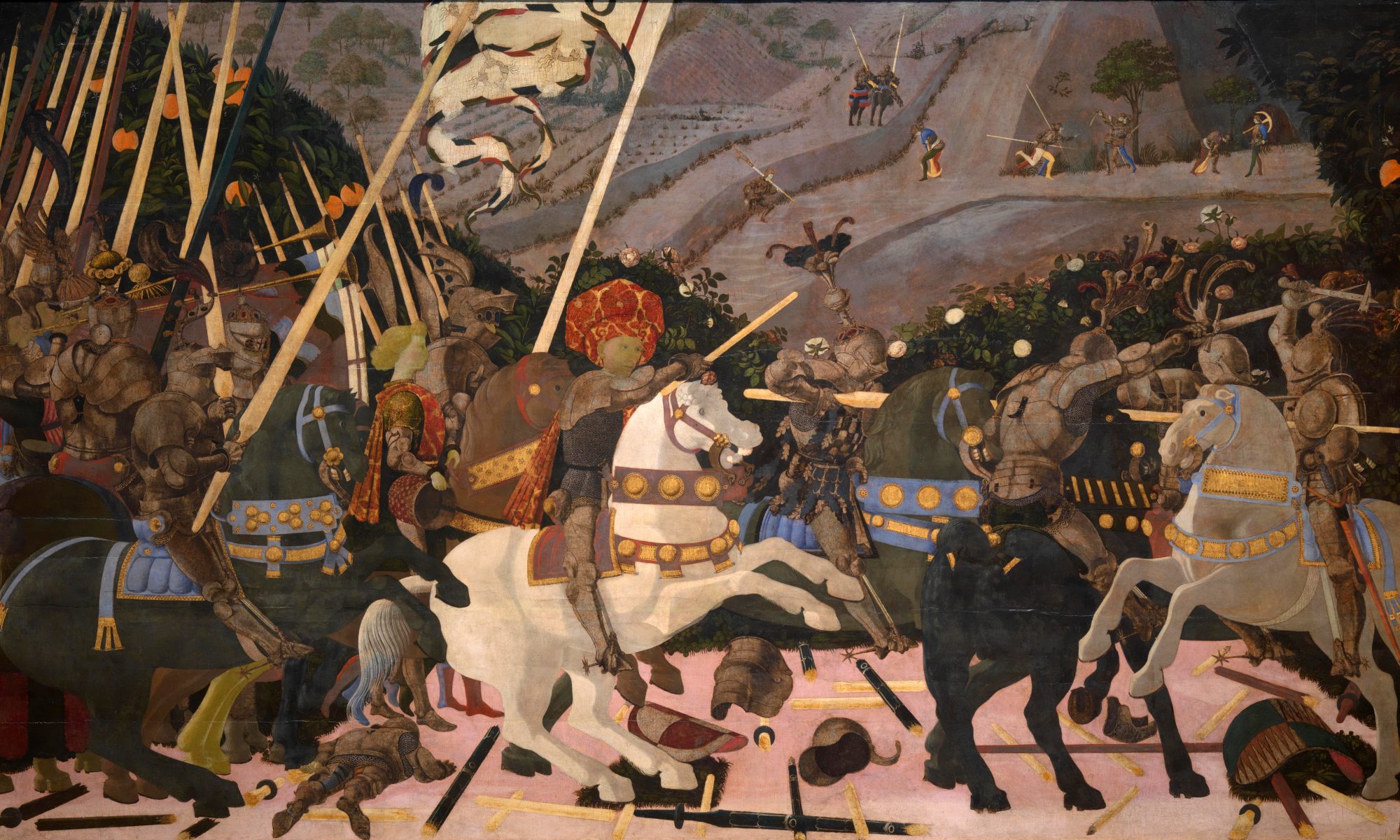Hardcover: 352 pages
Publisher: Amberley Publishing (15 May 2016)
Language: English
ISBN-10: 1445647427
https://www.amazon.co.uk/Year-Life-Stuart-Britain/dp/1445647427
The hardback is a slim handsome production, brown with gold writing and a thistle as a frontispiece. To the rear a few snippets from inside and a picture of St Paul’s Cathedral. It consists of just about 300 reading pages, not counting index, select bibliography etc. At the centre is a well chosen selection of images, including photographs of important buildings, some taken by the author.
One day in 1603 a young auburn haired man with fragile, aquiline features and a generally downcast expression rode across the border of Scotland into England. The man had been King James VI of Scotland, but on the passing of Queen Elizabeth James Stuart of Scots also became King James I of England, and so a new age dawned for the British Isles. The idea of doing a day in the life of some such person is a tried and true way of getting under their skin, so why not apply the same method for a year, and have a look at what 17th century people did or could do in 365 days.
Now as a note, because I am aware of some nit picky fiends out there who have issues with the title. Although the political entity of Great Britain would not be, railroaded onto the island kingdom by his descendant Queen Anne, James I & VI had a vision of a unified Kingdom centred on the throne he now occupied, which being in London, more specifically meant the person of the monarch. It is from James’ vision that the Union Jack emanated from, and the concept of a unified state, which with the passing of a century would be called Britain.
It is from this first “British” Stuart, then, to the last that Andrea Zuvich chooses to bookend her examination into the fabric of 17th century and early 18th century Britain. Many Sottish nationalists who condemn the exclusion of the previous centuries of Stuart rule in Scotland, miss entirely the concept of the Stuart age in Britain, a term which specifically singles out the period between 1603 and 1714. People looking for a history of entire Stuart line should therefore look elsewhere. But for those interested in James I, the Great Civil Wars, the Restoration, the Revolution’s both Glorious and Monmouthian and the War of the Spanish Succession, you are in for a treat.
I must say I found this an extremely enjoyable read. The book on the whole presents a wonderful tableau of Stuart era life, anyone reading it, I am sure will come away with a real sense and flavour of the times and it would doubtless be an excellent sensory introduction to the period at hand. If I was to sum it up, I would say that it is a fabulous pictorial mural of 17th century life and it is a work in the spirit of some of Ian Mortimer’s imaginative approaches to presenting history. Each item is entertaining in itself, and when viewed from the distance of the closing page one gets a picture made up of thousands of smaller ones that act together as pixels which give the reader an undeniably rich and sweeping look at this era in British History.
It is entirely possible to read this book as a conventional volume, or if the mood strikes you can read a section day by day as if it was a calendar. As a receptacle of first hand accounts, some well known, some more obscure, it is a great addition to a 17th century library or collection on British history.
Josh.





You must be logged in to post a comment.